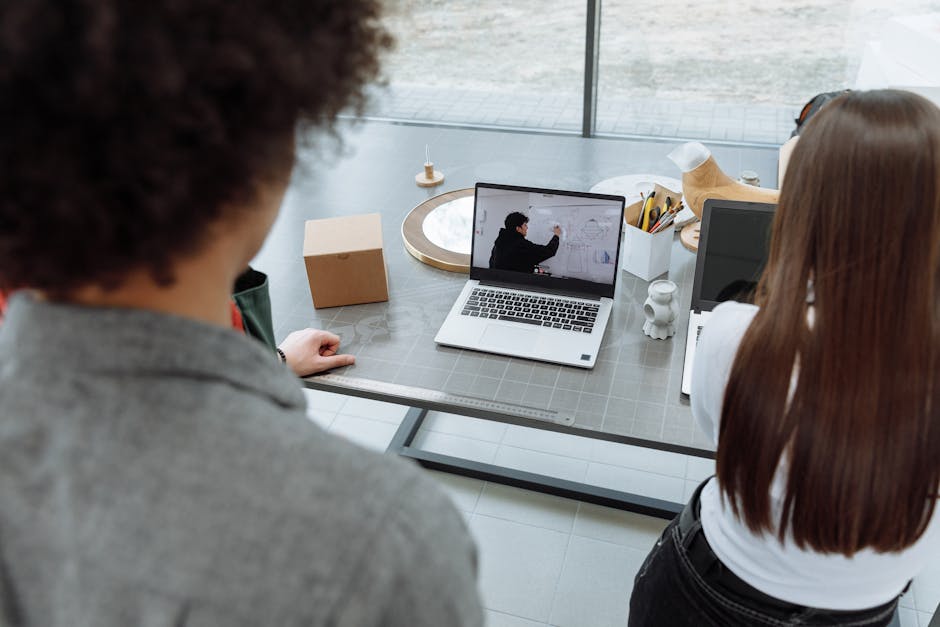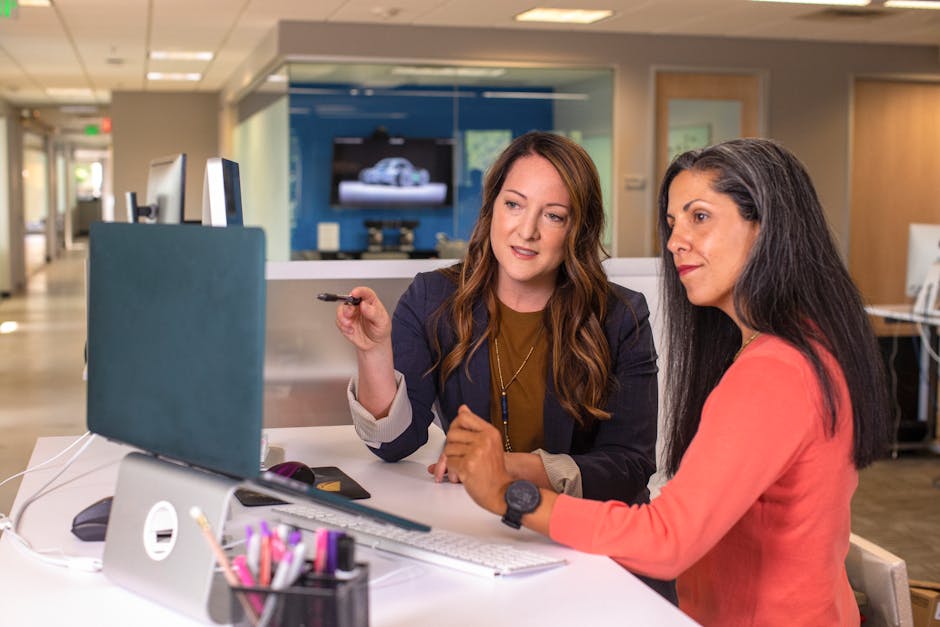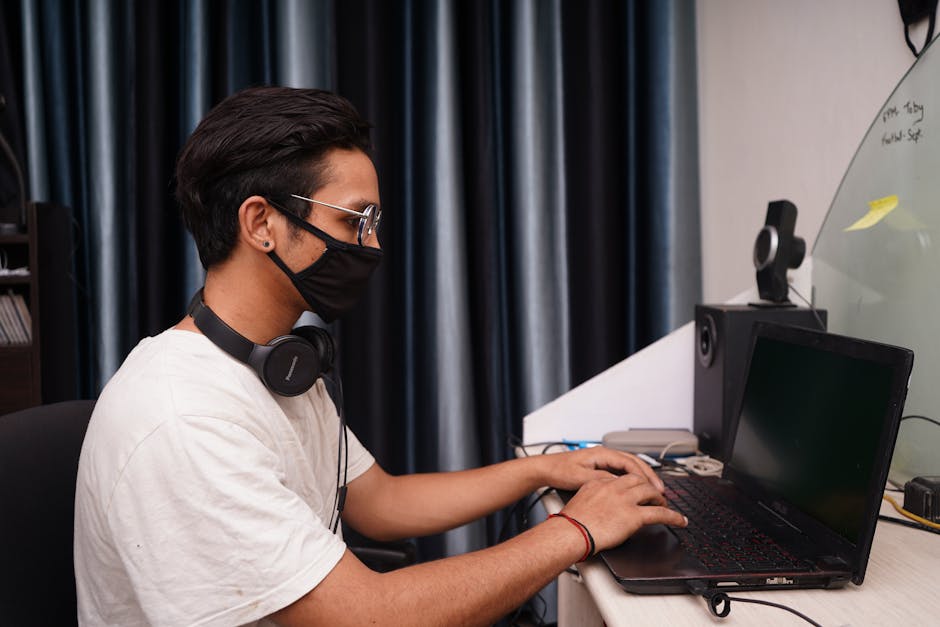Blogs
Our reflections on effective Hybrid Working, from WOX and friends

Sophia Marshall
Definitive Guide to Risk Management: A Comprehensive Explanation

Oliver Wright
Introducing Desk Booking by the Hour: Get More Out of Your Space
Latest articles

10 Innovative Remote Engagement Ideas to Boost Work-from-Home Productivity
As remote work becomes the new norm, maintaining employee engagement is crucial. This article explores 10 innovative ideas to keep your work-from-home team connected, motivated, and productive. From virtual team-building activities to wellness initiatives, these strategies will help create a thriving remote work culture.
By Alexander Bennett

Navigating the Return to Office: Effective Communication Strategies for HR Leaders
As organizations prepare for the return to office, effective communication is crucial. This article explores best practices for HR leaders to address employee concerns, set clear expectations, and ensure a smooth transition back to the workplace. From phased approaches to policy changes, learn how to craft a comprehensive communication strategy that prioritizes employee well-being and organizational success.
By Alexander Bennett

The 4-Phase Approach to a Successful Return to Office Plan
As organizations navigate the post-pandemic landscape, a strategic return to office plan is crucial. This article outlines a flexible 4-phase approach, from remote work to the new normal, helping businesses adapt to changing circumstances while prioritizing employee safety and comfort.
By Ethan Montgomery

Return to Office Survey: Unveiling Employee Sentiments and Shaping the Future of Work
This article explores the critical insights gained from return to office surveys, highlighting employee preferences for flexible work arrangements and the challenges of transitioning back to the workplace. It offers guidance on interpreting survey data and implementing strategies to create a balanced, productive work environment that meets both organizational needs and employee expectations.
By Evelyn Parker

Revitalizing Empty Offices: Strategies for Boosting Workplace Occupancy
As hybrid work models become the norm, many companies face the challenge of empty offices. This article explores innovative strategies for corporate leaders to increase office occupancy, enhance workplace experiences, and foster a culture of collaboration and engagement in the modern work environment.
By Oliver Wright

Revolutionizing Office Floor Plans: A Guide to Creating Inspiring Workspaces
In today's evolving work landscape, creating an office floor plan that employees love is crucial. This article explores innovative approaches to office layout, from flexible workspaces to incorporating natural light, and provides practical tips for enhancing your office environment to meet the needs of a hybrid workforce.
By Lucas Hamilton

Revolutionizing Office Layout: Boosting Productivity and Employee Experience
This article explores cutting-edge approaches to office layout design, focusing on how thoughtful space planning can significantly improve productivity and employee satisfaction. We delve into balancing collaborative areas with focused work zones, incorporating employee feedback, and adapting to the evolving needs of a hybrid workforce.
By Evelyn Parker

Revolutionizing Office Navigation: The Power of Wayfinding Kiosks
Explore the transformative impact of wayfinding kiosks on employee experience and office efficiency. Learn how these innovative tools streamline navigation, boost collaboration, and create a welcoming environment for both staff and visitors in today's dynamic workplace.
By Evelyn Parker

Revolutionizing Office Storage: Smart Solutions for Modern Workspaces
This article explores cutting-edge office storage solutions tailored for contemporary work environments. From smart lockers to multifunctional furniture, we delve into strategies that maximize space efficiency, support hot-desking, and elevate workplace aesthetics. Discover how these innovative storage ideas can transform your office into a more organized and productive space.
By Isabella Hunter

Revolutionizing the Workplace: Building the Ultimate IT Stack for Modern Offices
In today's rapidly evolving work landscape, the right workplace management solutions are crucial for success. This article explores the concept of a workplace tech stack, its importance in enabling hybrid work, and how to build an effective IT infrastructure that supports modern office needs.
By Ethan Montgomery

Revolutionizing Workspace Management: The Power of Desk Booking Software
In today's dynamic work environment, desk booking software has become a crucial tool for managing hybrid workplaces. This article delves into the benefits of desk scheduling systems, explores various types of desk booking, and highlights key features to look for when implementing a workspace booking app.
By Julian Everett

Revolutionizing Workspace Management: Essential Tools for the Modern Office
In today's dynamic work environment, effective workspace management is crucial. This article explores the essential features of workspace management software, its impact on employee productivity, and how it's reshaping the modern office landscape for HR and IT professionals.